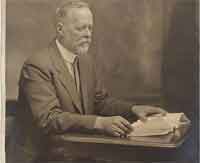
The projection of maps can be done in various shapes. A map can be projected on the surface of a sphere similar to the one on the plane paper. Maps are created using map projections. Based on the purpose for which the maps are used and the shape in which they are projected, the distortions can exist in the map. Each of the map projections are made keeping in view of certain properties of the sphere, leaving others.
The locations on the sphere can be represented perfectly only on a sphere. It is difficult to represent all sphere points on the flat paper. The flat paper cannot display the exact distances between points more than three. So in order to represent all the parts of the map without any removal, it is essential to allow some distortions in the map on the paper. As earth is spherical in shape, maps are chosen to be depicted in spherical form.
If the map is made to fit in a rectangle, the top and bottom ends of the map will be larger than their usual size. The rectangular shape will make the continents to look bigger than they were in spherical form. The curved portions of the map comprising the continents will depict the places to be farther from each other than what they usually were. Hence, distortions should exist in the rectangular map projection to represent it properly in rectangular shape. But, the number of distortions in the rectangular map projection will be different.
The various different map projections like spherical or rectangular forms have to be depicted on flat paper with lot of stretching done. If there are no distortions in each of the map projections, their shapes will be lost after stretching them on flat paper. So, in the attempt to show the surface of spherical earth on the flat surface, distortions of direction, scale, distance and area have to be implemented.












Leave a Reply